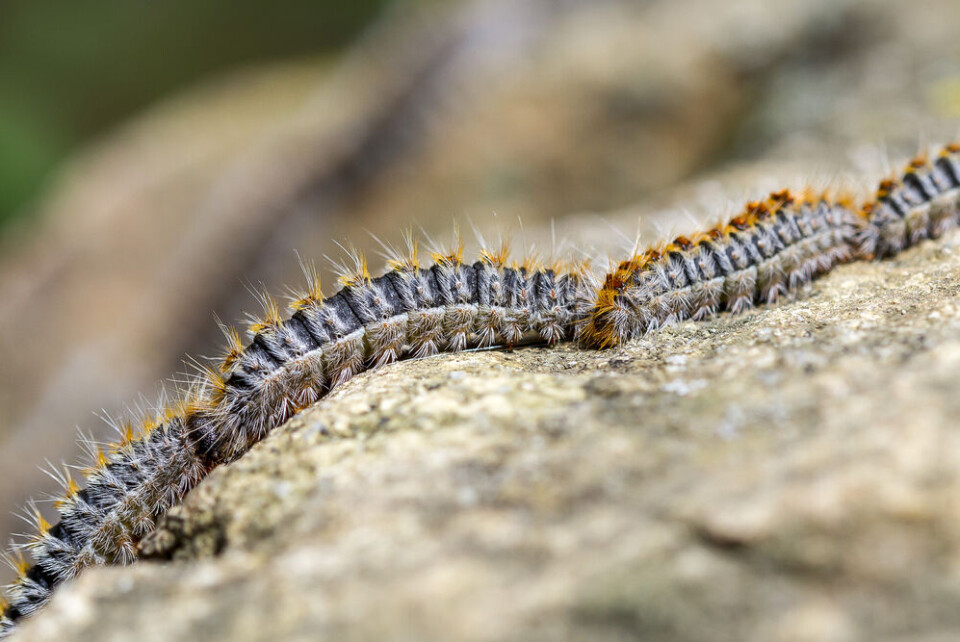-
Farmer protests in France: more blockades as ‘emergency law’ announced
Local union branches are protesting nationwide but unions are divided on next steps
-
Ryanair reopens Tours-London route for summer 2026
All four of the Irish airline’s summer services have returned to the airport
-
Marine Le Pen appeals public office ban: how could this impact France's 2027 presidential election?
Month-long appeal begins today but no result is expected until summer 2026
Processionary caterpillars already spotted this year in France
The insects - which have highly-irritating, toxic hairs - typically only emerge in warmer months

Processionary caterpillars - the poisonous caterpillars that travel in long ‘lines’ - have already been spotted in France this year, even as cold winter temperatures continue.
The caterpillars - which are called chenilles processionnaires in French - can be recognised by their tendency to travel between trees, in long lines on the ground. They are toxic to humans and pets, mainly due to their short, highly-irritating hairs all over their body.
They have already been spotted this year in Île-de-France, several months ahead of their typical appearance in April, national forestry agency l’Office National des Forêts (ONF) has confirmed.
The ONF states that the caterpillar is “one of the most irritation-causing caterpillars in our country”. In 2022, the government classified the insect as “harmful to human health” in a decree.
Read more: Processionary caterpillars now officially a harmful species in France
There are typically two kinds of caterpillar seen in France. They are:
- Chenilles processionnaires du pin (pine tree processionary caterpillars), which are usually found in the southern three-quarters of the country
- Chenilles processionnaires du chêne (oak tree processionary caterpillars), which are found in the north-west quarter
The hairs on their body detach easily - for example, if you try to brush the insects away.
Irritation symptoms
They can cause symptoms such as:
- Severe rashes
- Breathing difficulties
- Stomach pain
- And even vomiting for some.
The hairs can also travel in the air, making them dangerous even if people or pets do not directly come into contact with the caterpillars directly, warned the Agence Régionale de Santé (ARS).
In case you suspect an allergic reaction, you are advised to contact a doctor as soon as possible, clearly stating your concerns.
The ARS advises:
- Do not walk under trees where you know there are and/or can see nests (which look like cotton wool in the branches)
- Avoid rubbing your eyes during a walk to avoid transferring hairs
- Wash and dry hands and exposed skin when returning home
- Change clothes if you believe you have been exposed to the hairs
- Wash fruit and vegetables before eating in case of stray hairs
Early season
The caterpillars usually only emerge once the winter season is over, and are particularly common in areas with higher temperatures.
However, health agency the Agence Nationale Sécurité Sanitaire (Anses) has warned that climate change and increased autumn heat waves have changed when the insects tend to appear.
Read also: Mosquitoes, hornets, stink bugs: life cycles change as France warms up
The ARS believes that most of Ile-de-France will see chenilles processionnaires du pin within the next five years, and numbers will rise in the north as temperatures continue to rise year-on-year.
In a bid to protect populations, authorities have started counting nests more systematically, in a bid to treat the caterpillars before they begin to travel and cause problems.
Related articles
French town uses pheromone guns to stop toxic caterpillars reproducing
Health warning with France in peak period for dangerous caterpillars
























